4 edtech tools for family communication
How can technology help make communicating with your students’ families easier? These 4 edtech tools for family communication offer different ways to open the door to your classroom and welcome families inside.
Technology, can make keeping families informed about 1:1 and effective transformation much simpler to implement and maintain.
1. Symbaloo
Symbaloo lets you collect a bunch of links and display them on one page in a grid, forming a portal to your favorite places. What if you used Symbaloo to collect all the links parents and families might need to stay informed on a regular basis? Links to items like progress reports, blogs, electronic newsletters and student work itself?
Shelburne Community School in Shelburne, Vermont, uses the Symbaloo shown above. Their nascent (and growing!) parent portal contains links to teacher blogs, the school website, the sports schedule — everything a parent could want in one place. One URL to bookmark.
2. Flipboard
Flipboard, which we introduced here, allows users to curate links into mobile device-based magazines: slick n’ glossy collections of related visual artifacts. But these magazines can be a powerful tool for communicating with families. How about:
- having team members flip their blog posts into a magazine — or better yet, have a student or family member serve as “Historian” for the team, ensuring that valuable online artifacts get stored and saved;
- each student and family collaborates on a magazine shared with the educator that focuses on a topic of high relevance to the student’s learning objectives. Flipboard allows comments to be added to each item that’s flipped, so additional context can be added to each item as it enters the digital collection.
The tech specialist at Hixon Middle School, in Webster Groves, Missouri, curates the Flipboard shown below for their school.
In it, parents can see, at left, a teacher’s blog post about science class, a more general housekeeping announcement (top right) and catch the daily school announcements, which are flipped in from YouTube. Other items in the magazine include Google+ Photo albums.
Flipboard also allows for comments and likes to be added on items, enabling families to enter the dialog with questions or support for particular artifacts of learning.
3. Google Calendar
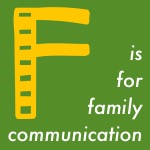 Christ the King School (CKS), in Burlington, Vermont, uses Google Calendar to be transparent with families as to what’s due when with their students. Everybody gets the same picture of a student’s current workload of assignments and activities.
Christ the King School (CKS), in Burlington, Vermont, uses Google Calendar to be transparent with families as to what’s due when with their students. Everybody gets the same picture of a student’s current workload of assignments and activities.
Not being a 1:1 school, wanted to begin with a tool that could easily be used without individual devices. They leveraged Google Calendar as a professional and classroom tool; instead of just meetings and appointments, CKS decided to use Calendar as a way to think about student organization and student/teacher/family collaboration.
One CKS parent comments:
I can subscribe to the 8th grade calendars and see what assignments my child has each evening and I can look for long term projects so that I can help my son time manage so he does not fall behind on his assignments. I can also add in our home calendar so that he can see his practice commitments for the evening as well as his homework to aid in time management.
CKS is planning to shift responsibility for updating the calendars from the teachers to the students.
4. Mailchimp
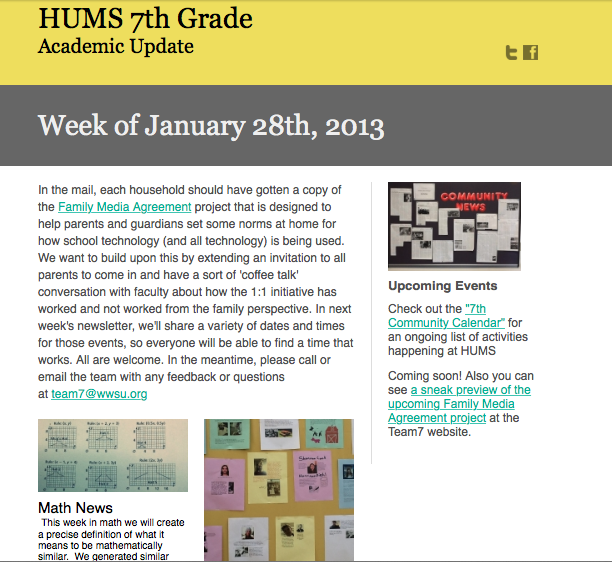 At Harwood Union Middle School in Moretown, Vermont, the 7th grade team generates a weekly electronic newsletter using Mailchimp. Each team teacher writes a short summary of the week ahead and includes images of student learning.
At Harwood Union Middle School in Moretown, Vermont, the 7th grade team generates a weekly electronic newsletter using Mailchimp. Each team teacher writes a short summary of the week ahead and includes images of student learning.
All teachers have committed to assigning work and sharing resources via Schoology, their team’s Learning Management System) so parents have ready access to teaching and assessing resources, which will help them provide support at home when needed.
Best of all, Mailchimp includes tools that solicit user feedback on newsletters, so you can invite families to ask questions about articles or let you know how the communication could better serve their needs.
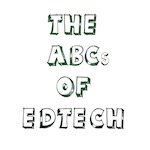 What strategies are you using to communicate with your students’ families this year?
What strategies are you using to communicate with your students’ families this year?
What strategies have your students’ families identified as being important in communicating with them?
Need to catch up on your edtech ABCs? Check out the full series here.



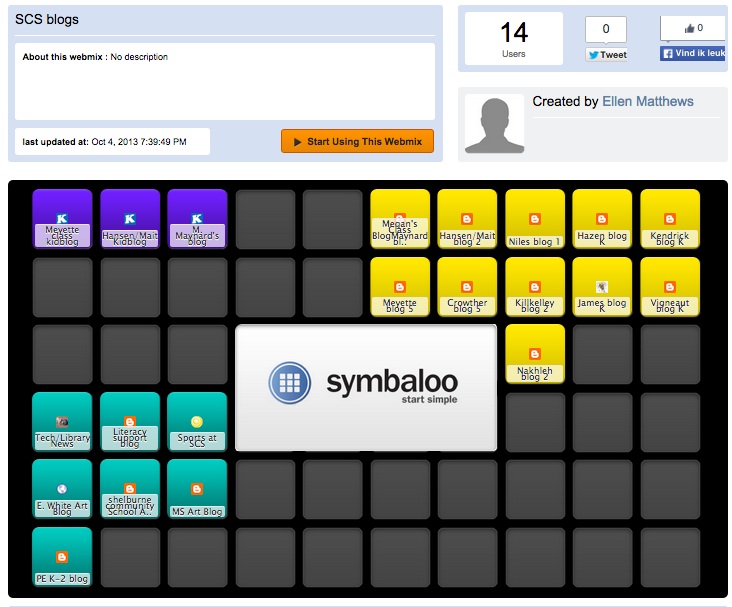
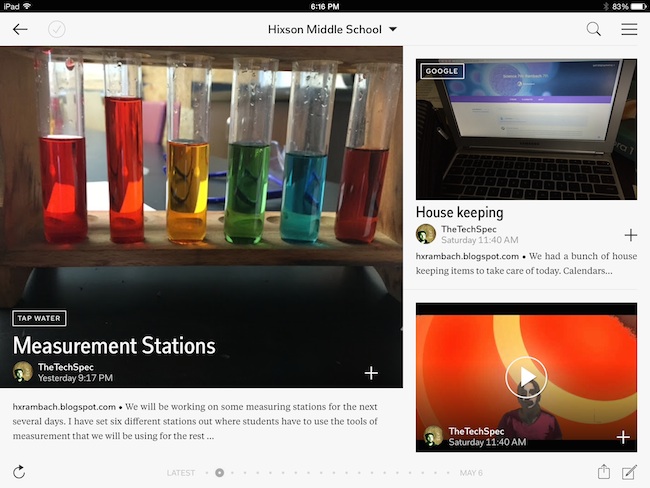
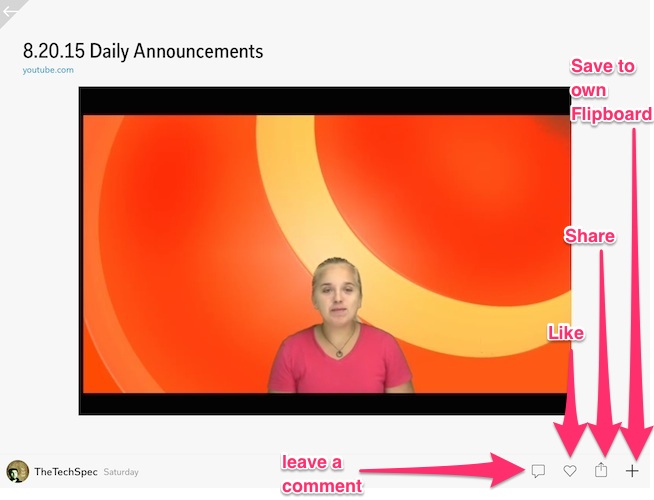
F is for Family Communication: 4 edtech tools to make communicating with students’ families… http://t.co/Gsb614dwNp http://t.co/UZtzrsGvJL
RT @innovativeEd: F is for Family Communication: 4 edtech tools to make communicating with students’ families… http://t.co/Gsb614dwNp http:…
Terrific post, Audrey. I like the combination of themes of effective involvement matched with concrete, real-world examples. Imagine how family involvement strategies could help families understand what Act 77 and PLPs means for their students. It’s a radically new approach to schooling and something we’ll need to get families involved in.
Using @Symbaloo, @Flipboard, Google Calendar & @MailChimp to streamline communicating with Ss families: http://t.co/EGi3h5MxLQ #vted
F is for Family Communication http://t.co/F96ZKwmQ9a via @innovativeEd
4 edtech tools for family communication http://t.co/ZJJFjev4ya